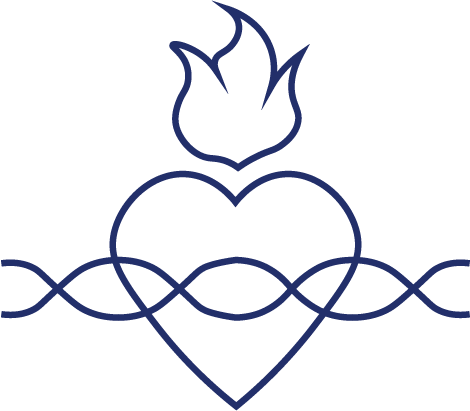What We
Believe.
Greek Orthodoxy
Orthodoxy is a cornerstone of Greek culture and tradition. A few of the fundamental tenets upon which our Holy Orthodox Church functions are shared below. The Orthodox Church has two great sources of authority:
Holy Scripture and Holy Tradition
Holy Scripture is comprised of the writings of both the New and the Old Testaments. The New Testament reveals the human and divine nature of Jesus Christ, and His sacred teachings that we are charged to follow. The Old Testament is a history of the Hebrew people. It contains, among other sacred writings, the prophecies and the writings of the Prophets that foretold the coming of the Messiah. It therefore serves as an introduction to the revelation and the saving message of the New Testament.
Holy Tradition, of which Holy Scripture is a part, includes the writings, teachings, acts of the apostles, saints, martyrs, and fathers of the Church, and her liturgical and sacramental traditions throughout the ages, the oral tradition of the early Church and the decisions of the Ecumenical Councils. All of this collective wisdom and experience through the centuries are combined to form this second great source of sacred authority.

The Sacraments
The Sacraments are seven in number. They are the visible means by which the invisible Grace of the Holy Spirit is imparted to us.

Four Sacraments are obligatory:
- Baptism
- Chrismation (anointment with Holy Oil)
- Confession
- Holy Communion

Three are Optional:
- Matrimony
- Holy Orders (Ordination)
- Unction (anointment of the sick)
The Church Calendar
The Church Calendar begins on September 1st and ends on August 31st. Each day is sacred for the Orthodox Christian. The Church venerates at least one saint or sacred even in the life of the Church every day of the year. There are, however, several major feast days observed annually, and of these Easter, or Pascha, is the most important.

Major Feast Days
Nativity of the Theotokos – September 8th
Exaltation of the Holy Cross – September 14th
Presentation of the Theotokos in the Temple – November 21st
Christmas – December 25th
Epiphany (Baptism of Christ) – January 6th
Presentation of Christ in the Temple – February 2nd
Annunciation (Evangelismos) – March 25th
Easter (Pascha) – Varies Ascension – 40 days after Easter
Pentecost – 50 days after Easter
Transfiguration of Christ – August 6th
Dormition of the Theotokos – August 15th
Exaltation of the Holy Cross – September 14th
Presentation of the Theotokos in the Temple – November 21st
Christmas – December 25th
Epiphany (Baptism of Christ) – January 6th
Presentation of Christ in the Temple – February 2nd
Annunciation (Evangelismos) – March 25th
Easter (Pascha) – Varies Ascension – 40 days after Easter
Pentecost – 50 days after Easter
Transfiguration of Christ – August 6th
Dormition of the Theotokos – August 15th
The Divine Liturgy
The central worship service of the Church is the Divine Liturgy, which is celebrated each Sunday morning and on all holy days. The Liturgy is also the means by which we achieve union with Jesus Christ and unity with each other through the Sacrament of Holy Communion.
Ecumenism
While the Orthodox Church considers herself to be the Mother Church of Christendom, she cooperates with other churches in programs of educational, philanthropic and social endeavors insofar as this consistent with her theology. Orthodoxy has become a major force in the universal ecumenical movement of which she was a prime mover through the encyclical of the Ecumenical Patriarch of Constantinople in 1920.
FOR MORE INFORMATION ON THE GREEK ORTHODOX CHURCH:
Ss. Constantine & Helen Greek Orthodox Church in Annapolis – schgochurch.org
Father Kosmas Karavellas – officeschannapolis@gmail.com
Greek Orthodox Metropolis of New Jersey – nj.goarch.org
Greek Orthodox Archdiocese of America – goarch.org
